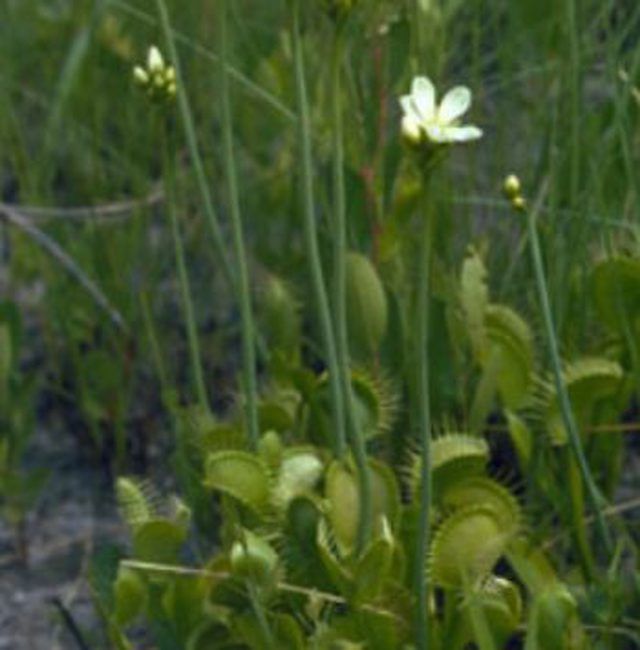Bulbs
Flower Basics
Flower Beds & Specialty Gardens
Flower Garden
Garden Furniture
Garden Gnomes
Garden Seeds
Garden Sheds
Garden Statues
Garden Tools & Supplies
Gardening Basics
Green & Organic
Groundcovers & Vines
Growing Annuals
Growing Basil
Growing Beans
Growing Berries
Growing Blueberries
Growing Cactus
Growing Corn
Growing Cotton
Growing Edibles
Growing Flowers
Growing Garlic
Growing Grapes
Growing Grass
Growing Herbs
Growing Jasmine
Growing Mint
Growing Mushrooms
Orchids
Growing Peanuts
Growing Perennials
Growing Plants
Growing Rosemary
Growing Roses
Growing Strawberries
Growing Sunflowers
Growing Thyme
Growing Tomatoes
Growing Tulips
Growing Vegetables
Herb Basics
Herb Garden
Indoor Growing
Landscaping Basics
Landscaping Patios
Landscaping Plants
Landscaping Shrubs
Landscaping Trees
Landscaping Walks & Pathways
Lawn Basics
Lawn Maintenance
Lawn Mowers
Lawn Ornaments
Lawn Planting
Lawn Tools
Outdoor Growing
Overall Landscape Planning
Pests, Weeds & Problems
Plant Basics
Rock Garden
Rose Garden
Shrubs
Soil
Specialty Gardens
Trees
Vegetable Garden
Yard Maintenance
Venus Flytrap Information for Kids
Venus Flytrap Information for Kids. While the Venus flytrap is only one of some 600 kinds, or species, of meat-eating plants, it's probably the one you've heard most about. Venus flytraps are very special plants, because they have two ways of feeding themselves. They can do what most of the plants in the world do, using the energy from sunlight,...

While the Venus flytrap is only one of some 600 kinds, or species, of meat-eating plants, it's probably the one you've heard most about. Venus flytraps are very special plants, because they have two ways of feeding themselves. They can do what most of the plants in the world do, using the energy from sunlight, water, soil compounds and carbon dioxide into food through photosynthesis.
Venus fytraps, however, naturally grow in very wet places where the soil nutrients aren't the best. So over millions of years, they've developing the ability to eat insects for more nutrition. Growing your own Venus flytrap is challenging but fun.
How Venus Flytraps Work
You probably know how hard it can be to kill a fly. House flies have only two eyes, but each of their eyes has thousands of lenses. They don't see anything clearly, but they detect the tiniest motion. Yet Venus flytraps, which have no eyes, catch flies easily.
How they do it wasn't known until 2003, when Lakshminarayanan Mahadevan, a professor of mathematics at England's University of Cambridge, decided to unravel the secret after getting a Venus flytrap as a gift. He discovered that the plants curve their leaves outward until an insect lands on them.
As soon as the insect disturbs the "hairs" on the inside of the leaves, the water in the leaves moves, making them curve inward and close.
The harder the insect tries to escape, the more tightly the leaves close around it. Once the insect is trapped, the Venus flytrap releases enzymes to digest it. It will take nearly a week for the plant to finish its meal. When it does, the leaves will open again to trap another bug.
Buying and Planting a Venus Flytrap
Wild Venus flytraps have been collected nearly to extinction and are considered endangered in North Carolina, where the largest colonies of wild ones still grow. Buy your Venus flytrap from a nursery that grows them from bulbs.
Plant your flytrap in a 4- or 6-inch pot of 50/50 peat moss and perlite. This is called the growing medium. Fill the pot and remove enough medium to make a hole. Drop in your plant, cover its roots with more medium, hold it steady and water it lightly. You may need to add more medium to protect its roots and support its stalk.
If it's indoors, put its pot in a watering tray. Fill the tray halfway with rainwater or bottled distilled water that says sodium-free on the label. Let the tray empty naturally and stay dry for a couple of days before watering again.
Lighting for a Venus Flytrap
While Venus flytraps grow both indoors and outside, they do best outside because they get plenty of light. Outdoors, a flytrap needs at least 4 hours of direct sunlight each day. If you're growing one indoors with fluorescent lights, put them about 8 to 10 inches above it and keep them on 2 hours after the sun goes down in your area.
If you have a red variety of flytrap, you'll know it needs more light if its red color fades.
Venus Flytrap Dormancy
Just like a polar bear, your flytrap will hibernate or go dormant in winter. They do this in response to the days getting shorter. If your flytrap is outside, it will go dormant naturally, but if it's indoors, you'll have to control the amount of light it gets to match what's happening outside.
Adjust your flytrap's temperature to be like winter. Don't let it get above 60 degrees F while it's dormant. Keep it closer to 40 degrees F if you can.
You will know that your flytrap is becoming dormant when its leaves stop growing and its traps don't work quickly enough to catch insects. As soon as this happens, take your plant out of its water tray and only water it enough to keep the growing medium damp until it becomes active again.
Feeding a Venus Flytrap
It takes energy for your flytrap to trap an insect. So much energy, in fact, that each of its traps will only work three or four times before being worn out. It might be fun to trigger the traps yourself just to watch them close, but it's not a good idea.
Don't feed your flytrap anything but live insects. Raw meat has too much fat for it to digest properly. Don't overfeed it, either. Once a week is plenty. While it's dormant, it doesn't need to eat at all.
Make sure your plant's traps are three times larger than the insects you're feeding it. Meals that are too big will burn the flytrap's leaves, damaging or even killing it.